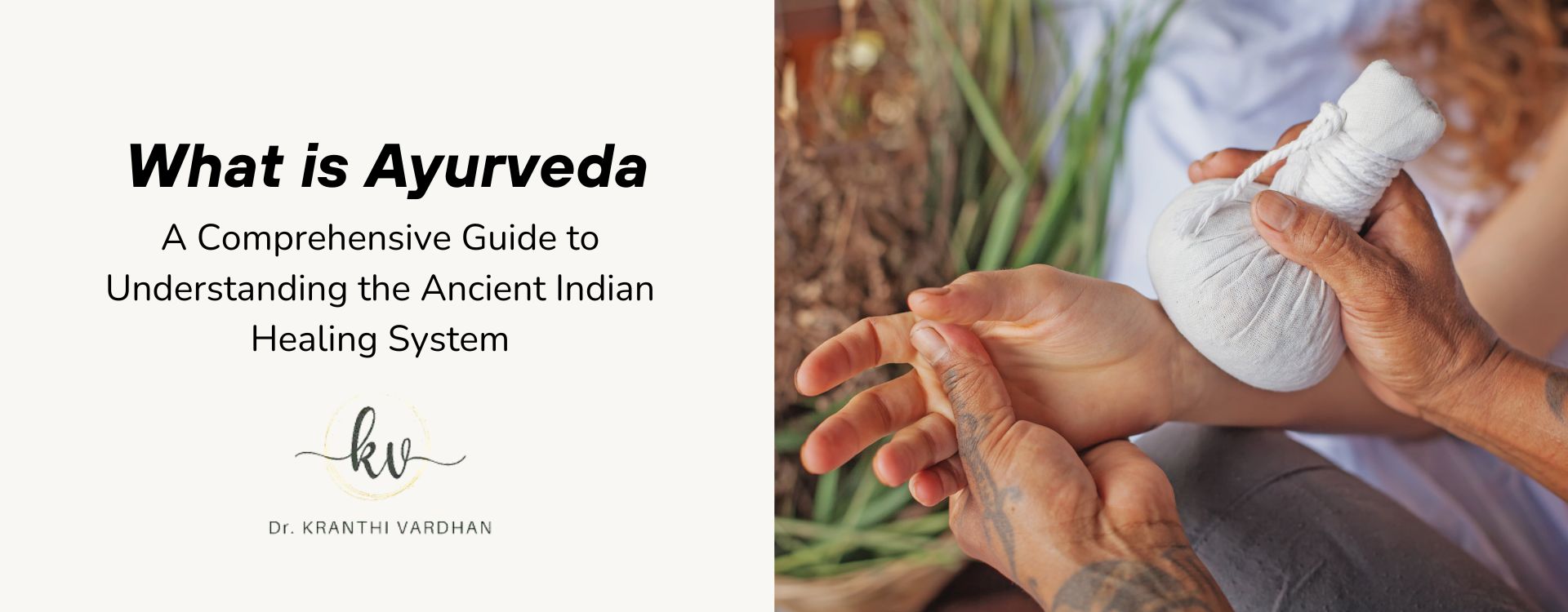Ayurveda is a traditional Indian medical system that has been practiced for thousands of years. It is a holistic approach to health and wellness that focuses on balancing the mind, body, and spirit to promote overall well-being. The word Ayurveda is derived from two Sanskrit words: Ayur, meaning life, and Veda, meaning knowledge.
According to Ayurvedic principles, each person is unique and has a specific mind-body type, or dosha. There are three doshas: Vata, Pitta, and Kapha. These doshas are believed to govern different bodily functions and can become imbalanced due to various factors such as diet, lifestyle, and environment. Ayurvedic practitioners work to identify a person’s dosha and create a personalized treatment plan to restore balance and promote health.
Overall, Ayurveda offers a comprehensive approach to health and wellness that emphasizes the importance of balance and harmony in all aspects of life. While it may be unfamiliar to many people in the Western world, its principles and practices are gaining popularity as more people seek natural and holistic approaches to healthcare.
Table of Contents
ToggleOrigins and History
Historical Development
Ayurveda is an ancient system of medicine that originated in India over 5000 years ago. The word Ayurveda comes from the Sanskrit words “Ayur” meaning life and “Veda” meaning knowledge. Ayurveda is often referred to as the “science of life” or the “art of living”.
Ayurveda has its roots in the Vedic period of India and was developed by sages and seers who were deeply connected to nature. It was initially an oral tradition, passed down from generation to generation through word of mouth. However, as the knowledge grew, it was documented in the form of texts, the most famous of which is the Charaka Samhita.
Over time, Ayurveda evolved and developed into a sophisticated system of medicine. It has been influenced by various other medical systems, including Greek, Chinese, and Persian. Today, Ayurveda is practiced not only in India but also in other parts of the world.
Key Figures
Several key figures have contributed to the development and spread of Ayurveda. Charaka, who lived around 300 BCE, is considered the father of Ayurvedic medicine. He wrote the Charaka Samhita, which is still considered one of the most important texts in Ayurveda.
Another important figure in Ayurveda is Sushruta, who lived around 600 BCE. He is known as the father of surgery and is credited with developing several surgical techniques that are still used today.
In the 20th century, several Ayurvedic practitioners helped to revive and popularize Ayurveda in India and around the world. These include Vaidya Balendu Prakash, Vaidya Yadavji Trikamji Acharya, and Dr. Vasant Lad.
Overall, Ayurveda has a rich and fascinating history that spans thousands of years. Its development and evolution have been shaped by the contributions of many key figures and the influence of various other medical systems. Today, Ayurveda continues to be an important system of medicine that is practiced by millions of people around the world.
Principles and Practices
Five Elements
Ayurveda is based on the principle that everything in the universe is made up of five elements: air, water, fire, earth, and space. These elements combine in different ways to create the three doshas, which are the foundation of Ayurvedic medicine.
Three Doshas
The three doshas are Vata, Pitta, and Kapha. Vata is associated with air and space, Pitta with fire and water, and Kapha with water and earth. Each person has a unique combination of these doshas, which determines their physical, mental, and emotional characteristics. Ayurvedic practitioners use this knowledge to diagnose and treat illnesses.
Panchakarma Therapy
Panchakarma therapy is a cleansing and rejuvenating treatment that is used to balance the doshas and improve overall health. It involves a series of five treatments, including massage, herbal steam, and detoxification. Panchakarma therapy is believed to remove toxins from the body and promote healing.
In summary, Ayurveda is a holistic approach to health that focuses on balancing the doshas and promoting overall well-being. By understanding the five elements and the three doshas, Ayurvedic practitioners are able to diagnose and treat a wide range of illnesses. Panchakarma therapy is just one of the many treatments used in Ayurvedic medicine to promote healing and improve quality of life.














